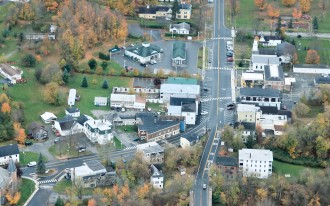Asked for a playlist, I revisited quite a few projects. These are the ones I connected to most, some of them because they are very well done, others might be more rough, but they hit a chord in me. Check it out!
I am Florian Thalhofer, the inventor of the Korsakow software. As an artist, I have been using the software myself for most of my work in the last 15 years. Korsakow for me is more than software. It is a conceptual tool, that helps to understand the complexity of the world, using narration, image and sound. It is not a story telling tool. Stories have strong borders and only within these rigid borders is it possible to narrate. Korsakow has borders, too, but the borders are much wider.
Korsakow
Computers make a new way of narration possible. This new way of narration allows a new way of thinking, a new way of seeing and a new way of making sense of the world. Structuring information – which is what story-telling is – means that an author puts the things he or she sees in a certain order. With the advent of film, this order became hyper-linear. “Linear” because the order in which one thing follows another is unalterably set, and “hyper” because events are fixed to a timeline, with the strictness of 1/25th of a second. One frame follows another, and for authors who want to narrate using moving image and sound it is almost impossible to get around this constraint.
Why abandon the hyper-linear constraint? Linear storytelling leads to linear thinking, which in itself is not bad–it has allowed humanity to discover many great things. But there are things that we cannot understand, nor even see, using linear thinking.
Using computer logic, there is no longer a need to have one frame follow another. In analog film there is a technical necessity for linearity: one frame has to follow another, one scene has to follow another, one train of thought has to follow another – all collected on the reel of film.
On computers the bits and pieces of a narration are stored as data in no particular order. Order can be created using rules (computers love rules!) but the rules don’t have to be so strict that the outcome is always the same. By using computers, authors can easily create flexible narratives that allow flexible thinking.
Korsakow is an application for creating flexible films. The selection of films showcases a variety of recent works made in Korsakow, ranging from contemplative visual essays, documentary, and interactive narrative media comprised of original, archival and animated film material.



